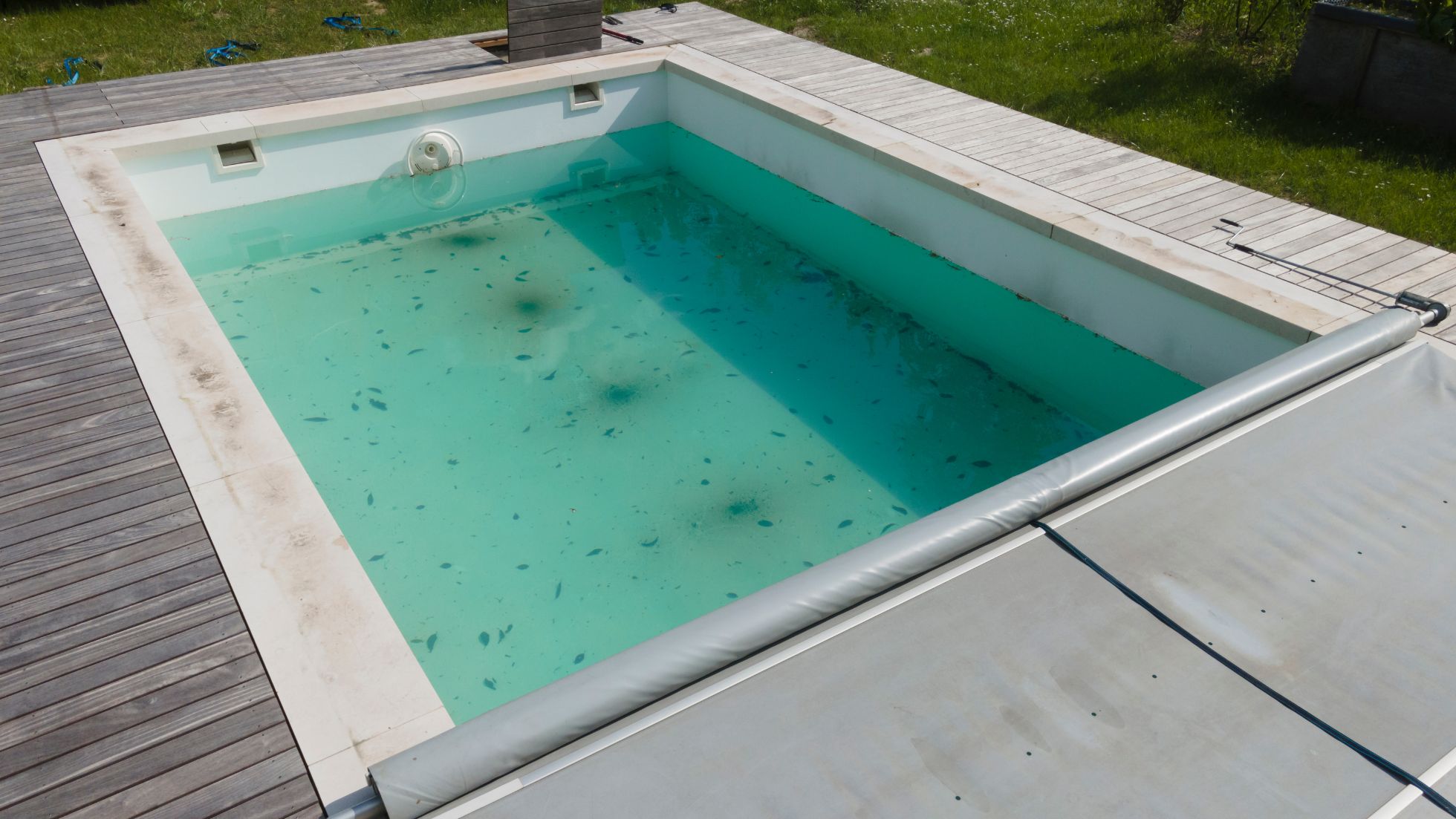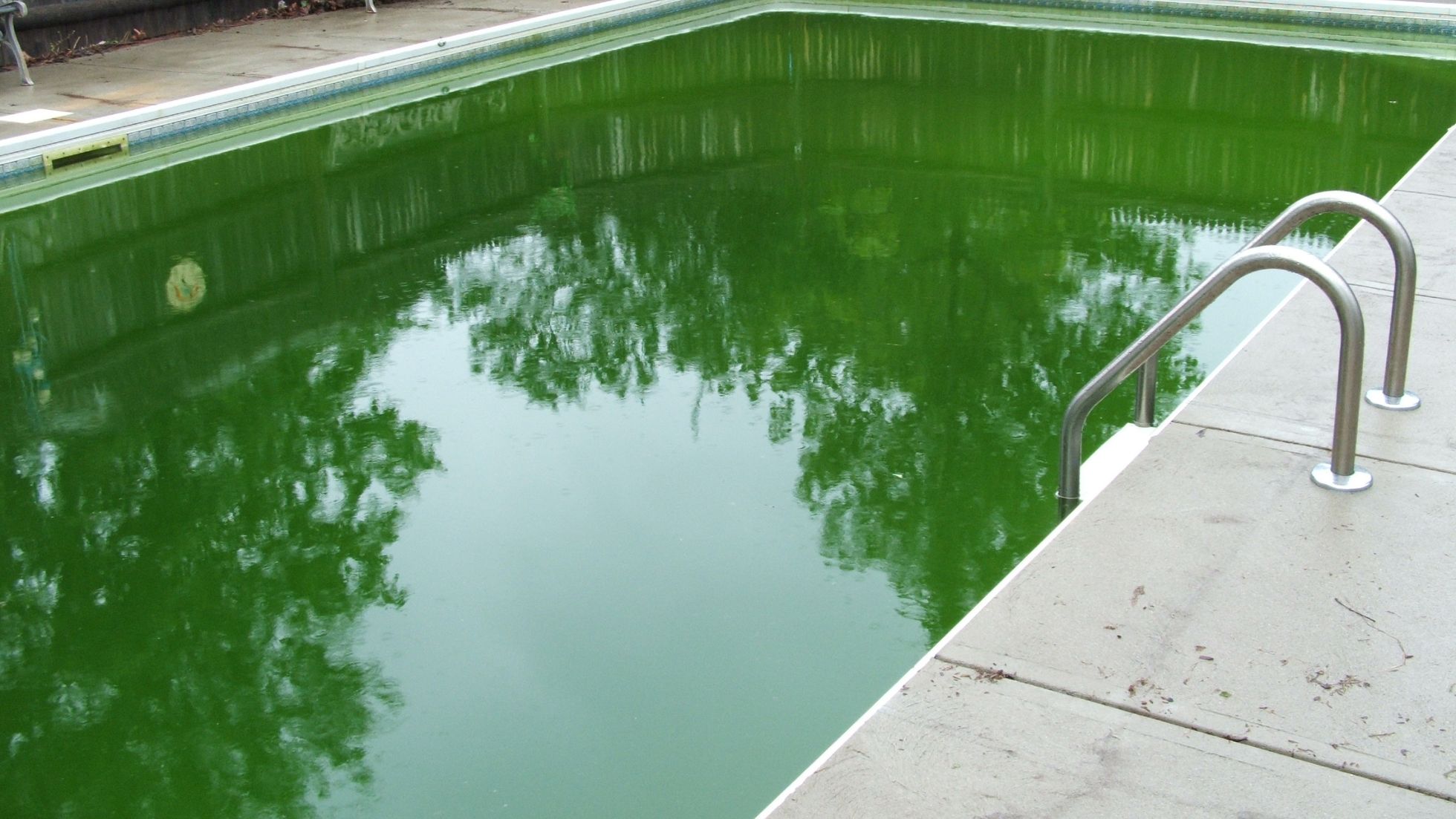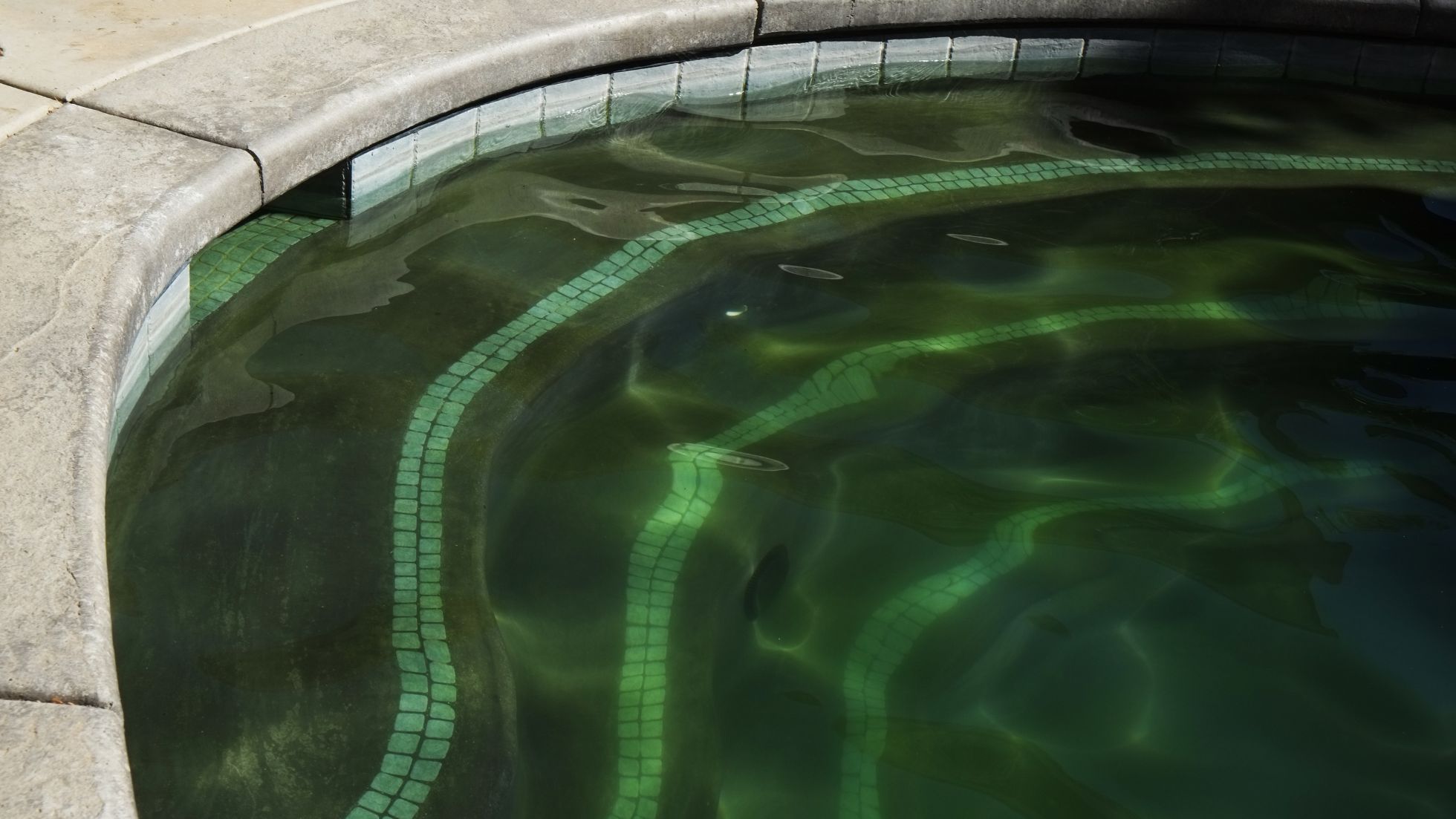Many pool owners face the frustrating challenge of algae growth during the warmer months, leading to green, slimy waters that can turn your oasis into a nuisance. This guide will help you identify different types of algae, including green, black, and mustard algae, and provide effective strategies for treatment and removal. With the right knowledge and products, such as E-Z POOL®, REVIVE!®, OXY SPLASH™, PEPPER®, and ENZymePro®, you can keep your pool clean, safe, and inviting all summer long.
Key Takeaways:
- Types of Algae: Different types of algae, such as green, black, and mustard, require specific treatment methods to effectively remove them from your pool.
- Prevention is Key: Using products like E-Z POOL®, which combines algaecide and water balancers, can help prevent algae growth and simplify maintenance.
- Proper Treatment: An effective routine includes brushing, shocking, and applying algaecides—ensure to follow product instructions for the best results.

Understanding Algae
Your swimming pool can become a breeding ground for various types of algae, especially during the warmer months. Understanding what algae is and how it impacts your pool is vital for maintaining a clean and safe swimming environment. Proper knowledge helps you prevent and treat algae infestations, ensuring your pool remains inviting and enjoyable all season long.
What is Algae?
About the simplest form of plant life, algae are single-celled organisms that thrive in warm, sunny conditions. They can vary in color and size, adapting to different environments. Algae utilize photosynthesis for nourishment, which enables them to reproduce rapidly, often leading to infestations in swimming pools if not managed effectively. However, using preventative products like E-Z POOL® can keep algae at bay by maintaining balanced water chemistry and adding algaecides weekly.
How Algae Affects Your Pool
The impact of algae on your pool can be significant. Algae can result in poor water clarity, creating a hazy or murky appearance. More importantly, it can lead to health risks for swimmers due to its slippery, wet surfaces and potential toxins. Additionally, the presence of algae often indicates imbalanced water chemistry, insufficient sanitizer levels, or poor circulation, filtration or cleaning practices, which can create a cycle of ongoing maintenance challenges if not addressed.
Pool owners may find that algae is commonly found on walls and floors, making surfaces slippery and unsafe for users. Ignoring algae can also escalate your pool maintenance costs, as it becomes more challenging to treat once established. Not only does algae detract from your pool's aesthetic appeal, but it also necessitates the use of strong chemicals like algaecides and strong shock doses for removal. Regular treatment and prevention practices are critical to maintaining a clear, inviting swimming environment.
Products like REVIVE!® can help by eliminating phosphates that feed algae growth, while PEPPER® optimizes chlorine production in saltwater pools, ensuring algae doesn’t have a chance to thrive.
Types of Algae
You can encounter various types of algae in your swimming pool, each requiring specific treatment methods. Understanding their unique characteristics helps you tackle them effectively:
Type of Algae | Description | ||||||||||
|---|---|---|---|---|---|---|---|---|---|---|---|
Green Algae | Common, appears as green patches or hazy water. | ||||||||||
Black Algae | Black spots that feel slimy, usually in cracks. | ||||||||||
Mustard Algae | Resembles sand or dirt, often found on pool surfaces. | ||||||||||
Blue-Green Algae | Avoid exposure, can be harmful. | ||||||||||
Recognizing these algae types early will facilitate timely treatments, preventing costly pool maintenance.
Green Algae
Behind green algae is the most prevalent form you'll face in pools. It can appear as green patches clinging to surfaces or float, making the water look hazy. Effective treatment includes brushing, shocking the water, and using appropriate algaecides to restore clarity.
Black Algae
Beside green algae, black algae is particularly stubborn and typically grows in shady areas. This algae forms in cracks and is often accompanied by a protective surface, making it resistant to standard chlorine levels.
Plus, addressing black algae requires significant effort. You must thoroughly brush it to break through the surface layer, followed by aggressive shocking and dosing with algaecide to penetrate its protective barrier effectively.
Mustard Algae
Before tackling mustard algae, be aware that it’s chlorine-resistant and can mimic dirt or sand in your pool. This yellow-green algae may require thorough brushing and potent algaecides to eliminate properly.
Consequently, mustard algae can thrive in poor sanitation conditions, which can be detrimental to your pool's health. Taking preventive measures, such as maintaining optimal chlorine levels and using a maintenance dose of weekly algaecide, is imperative to keep it at bay.
Identifying Algae in Your Pool
Keep a close watch on your pool, especially during warmer months. Algae growth can sneak up on you if you're not vigilant, turning your clear oasis into a green, murky environment. By understanding the signs and taking early action, you'll be better equipped to maintain a pristine swimming pool.

Visual Signs
Between green, black, and mustard algae, each type has distinct visual cues that can help you identify the issue. Green algae often appears as a hazy tint to the water or patches that cling to surfaces. Black algae shows up as dark spots, typically in shaded areas, while mustard algae resembles sand or dirt on the bottom. Recognizing these patterns is the first step toward effective treatment.
Water Testing
Among the most effective ways to detect algae is by performing regular water tests. Checking your water's chemical balance allows you to pinpoint any discrepancies in sanitizer levels, pH, and alkalinity and calcium levels. This is important because algae thrives in unbalanced water conditions. For example, when chlorine levels drop too low, you're at a higher risk for algae growth. Keeping a consistent testing schedule will help you maintain the health of your pool.
Water testing is a fundamental practice for successful pool maintenance. Regular testing ensures that your pool chemistry is balanced, which significantly reduces the likelihood of algae growth. Using a quality testing kit, you can measure chlorine levels, pH, and alkalinity—all vital components in algae prevention. If the tests reveal that your sanitizer levels are low, take immediate steps to adjust them; otherwise, you risk creating an environment perfect for algae. By keeping your water well-balanced, you'll not only maintain clarity but also promote a safer swimming experience.
Treatments for Algae
Many pool owners face the challenge of algae during the warmer months. Understanding the appropriate treatments can help ensure your pool remains a safe and enjoyable space. Regular maintenance and prompt action are necessary in combating algae infestations, allowing you to swim in clear, clean water all season long.
Chemical Treatments
Treatments for algae often involve a combination of shock treatments, algaecides, and proper water chemistry balance. You'll need to accurately analyze your pool's water to ensure all required water chemistry levels are optimal.
For active algae blooms, E-Z POOL® simplifies the process by combining a powerful shock/oxidizer, algaecide, and water balancers in one product.

Physical Removal Methods

An effective way to deal with visible algae is through physical removal methods. This often involves brushing, vacuuming, and using flocculants to clarify the water. You should brush the surfaces thoroughly to break up algae clumps before employing vacuuming to remove settled debris.
Physical removal methods not only enhance the effectiveness of chemical treatments but also keep your pool looking pristine. Begin by brushing the walls and floor to dislodge algae, targeting areas that are often overlooked. Afterward, apply a product like Revive!® to bind the algae, allowing it to settle at the bottom for easier vacuuming. This method is ideal for addressing heavy infestations, and when combined with chemical treatments, it ensures a cleaner, safer swimming environment for you and your family.
Preventing Algae Growth
Despite the common belief that algae is an inevitable part of pool ownership, you can effectively prevent its growth with the right strategies. Maintaining proper sanitizer levels, regularly cleaning your pool, and ensuring optimal water chemistry will keep your pool crystal clear and algae-free.
Regular Maintenance
Across the swim season, making regular maintenance a habit is vital for keeping algae at bay. Regularly skimming debris, brushing surfaces, and vacuuming the pool can prevent algae from establishing itself. Additionally, routinely checking and balancing the water chemistry—specifically the pH and chlorine levels—will help maintain optimal conditions for clear water.
Routine use of E-Z POOL® ensures algae prevention through its weekly application of algaecides, clarifiers, and water balancers. In saltwater pools, PEPPER® enhances chlorine production, while the weekly use of Revive!® WEEKLY prevents phosphate buildup that can feed algae.
Best Practices for Pool Care
Care for your pool by adhering to best practices that promote cleanliness and water clarity. Regularly test your water chemistry to ensure proper pH and chlorine levels, ideally maintaining chlorine above 3 ppm. In addition, clean your filters, remove debris weekly, and shock your pool with chlorinated shock as necessary.
For a simplified approach, rely on E-Z POOL® as an all-in-one solution combined with REVIVE!® WEEKLY to keep algae at bay and pool water clean and clear all season.
Wrapping Up: What’s In My Pool?

Ultimately, by understanding the different types of algae and employing the right treatment methods, you can keep your swimming pool clean and inviting. Regular maintenance, including products like E-Z POOL®, REVIVE!®, OXY SPLASH™, PEPPER®, and ENZymePro®, makes pool care simpler and more effective. With the right knowledge and tools, you can enjoy stress-free swims in a crystal-clear pool all season long. With the right knowledge and tools, you can enjoy your pool to the fullest without the worry of algae intrusions.
